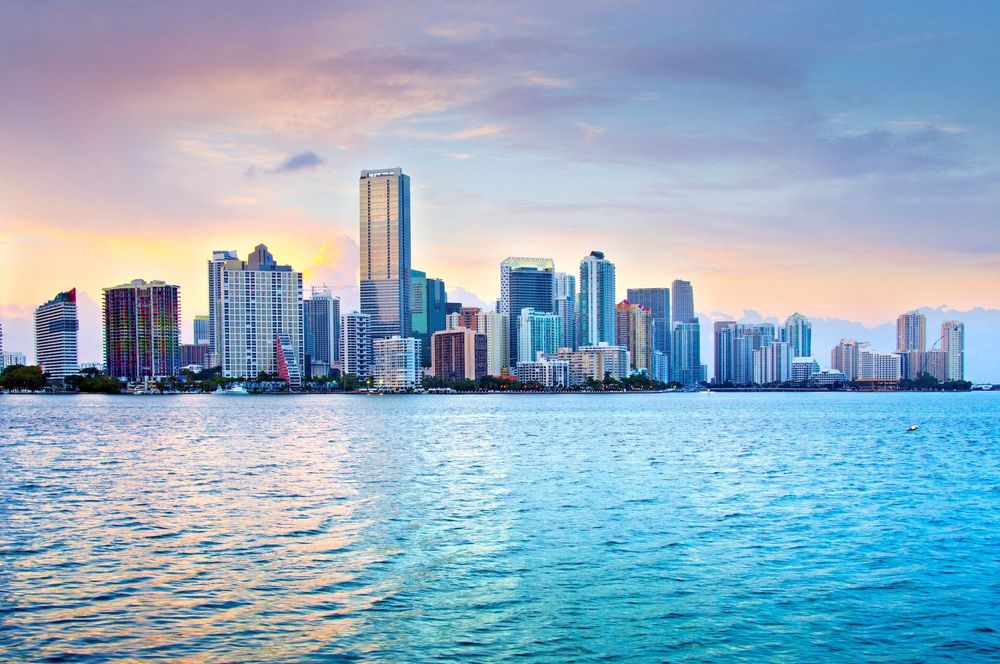
Money makes the world go round – but forex shouldn’t get your head in a spin. Maybe you have travel plans coming up. Maybe you don’t. Either way, having a little foreign currency kicking about in your digital wallet is usually a good idea. Why? Because apart from spending forex in another country while on holiday, you can also use it to shop online from South Africa, pay someone for something abroad, send a top-up to a family member living overseas, invest in offshore shares and ETFs, and more.
But before you dash off to stock up on forex (available at the cheapest rates in the market via the Shyft app, by the way), read up on how to make foreign exchange work for you.
1. Don’t convert in your head
This applies whether you’re trading forex via your smartphone in Joburg, picking up a pair of shoes at a market in Dubai, or buying a book off Amazon’s UK store. You may think you know the current exchange rate (“It’s – what? – R18 to the pound now, right?”), but you may be guessing (it’s been well over R20 for more than a year now).
Even if your mental times tables get you close-ish to the right amount, you might be missing a spike in the exchange rate, or forgetting about fees. An all-in-one forex app like Shyft gives you accurate, live exchange rates (including a transparent view of the fees you’re paying) before you hit “purchase”.
2. Mind the weather
New York in the autumn. Cape Town in the summer. Tokyo in the spring. Just like every major city has its time to visit, global currencies are seasonal, too. Currencies tend to be stronger or weaker in some months than in others. As a global citizen, it’s helpful to know the best time to move your forex around.
The Australian dollar has a habit of losing value to the US dollar in May. The US dollar often does well in January, while the euro and British pound typically don’t (and the opposite is true around September). A caveat: there is never a guarantee that a historical pattern will repeat itself. But these seasonal trends have happened with enough regularity that forex traders keep them in mind, along with a host of other factors.
There are various macroeconomic reasons for the seasonality of a currency’s strength or weakness. Some are predictable – usually having to do with liquidity and investment cycles – and others aren’t. We know, for example, that the rand gets more volatile than usual in the lead-up to February’s budget speech, but whether it’s bullish (rising in value) or bearish (the opposite) depends on which way the winds of market sentiment are blowing.
3. Carry a card, not cash
Whether you’re visiting the UK (to see friends), Vietnam (for the pho), Morocco (to escape the crowds) or Cuba (because … Cuba), do yourself a favour and plan to carry a card topped up with the local currency, rather than cash.
Here’s why: the exchange rate at foreign ATMs is never the actual exchange rate because it’s often padded with extra fees, and sometimes a currency conversion will be requested even if you’re transacting in the local currency. Pop-up ATMs at tourist hotspots are notorious for robbing you blind, while some brands – we’re looking at you, Euronet and Eurobank – aren’t associated with reputable platforms and will charge astronomically high conversion rates.
Heads-up: you can quickly and easily order a physical multicurrency card in the Shyft app before you travel, or create a virtual card in USD, EUR, GBP and AUD and use it like any other virtual debit card. Top up your cards from your phone, exchange currencies instantly, cancel a card with the tap of a button, and convert any leftover forex to rands when you get home. Simple.
If you do need to draw cash (for souk shopping or to tip a London busker, perhaps), best practice is to use the ATMs that are at local bank branches or that display the local banks’ branding. If prompted by the ATM, never accept conversions to or from a currency not loaded on your physical card.
4. The world is your shopping mall
Online shopping really came into its own during lockdowns, and even your ouma is ordering her groceries at the click of a button now. But the real beauty of online shopping is that you’re not limited by geography. If an e-commerce store ships to South Africa (and most of them do), then why not see what deals they’re offering? You can use a Shyft virtual card locally or internationally, and it operates just like any other debit card – just that it’s loaded with USD, AUD, GBP and EUR, in addition to your trusty ZAR.
Two warnings, though. Certain imported goods (clothing especially) are heavily taxed, so customs costs could turn a R200 T-shirt into a R500 rip-off pretty quickly. Then, “standard shipping” from international online stores usually involves the postal service, which may be subject to lengthy delays. Use a courier instead for fast, safe and traceable delivery (although this may also incur extra costs).
5. Know your limit
Before you start making it rain digital dollar bills, make sure you’re familiar with the South African Reserve Bank’s single discretionary allowance (SDA). The SDA is an exchange control regulation that limits South African residents with a valid South African ID to a total of R1 million for “offshore activities” each calendar year. In English? You can’t spend more than a mil in total on forex transactions, offshore investment accounts and international stocks or ETFs. It’s your responsibility to make sure you stay within that limit. But – and here’s what the SARB isn’t telling you – you have until December every year to get as close as you like to that R1 million limit. Challenge accepted.